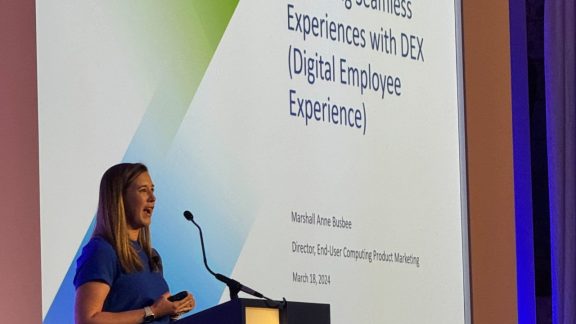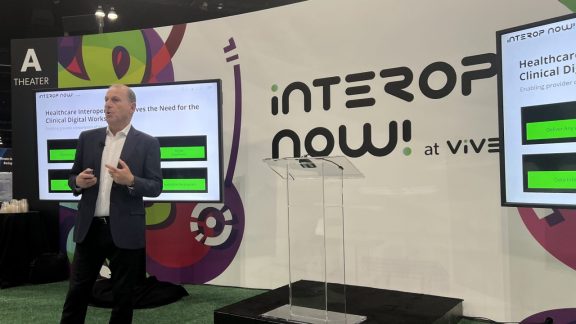By Scott Davis, chief technology officer, End-User Computing, VMware
During my session, Session EUC1881, “VMware End-User Computing 2013 and Beyond” at VMworld 2011 in Las Vegas, I will be discussing VMware’s vision for the post-PC era and will preview and demonstrate two new end-user computing technologies we are excited about – code named Projects AppBlast and Octopus. These technologies advance the company’s vision for enabling universal application and data delivery for the post-PC era.
Project AppBlast
Project AppBlast will provide the universal delivery of any application, including Windows-based applications, to any off-the-shelf browser or device supporting HTML 5, enabling instant remote access to non-HTML based applications. We expect it to become a key part of our EUC platform vision, enabling delivery of all forms of applications from your personal, private or public cloud to any of your end point devices. The ability to utilize multiple types of applications from your client devices in a transparent and cross-platform manner is vital to the post-PC era we are entering. The core technology is standards based and utilizes various HTML 5 mechanisms. Because it leverages a standards based foundation, multiple VMware innovations can be used to further extend the capabilities and end user value. All while enabling rich application experience access over HTML 5. Get your content whenever and wherever you need it!
Project Octopus
Project Octopus will leverage data sync technology from VMware Zimbra and Mozy to enable enterprise-grade collaboration and information/data sharing. Additionally, Project Octopus will offer easy integration with VMware Horizon, VMware View and Project AppBlast to create a secure enterprise cloud service. It is designed to enable access to your files and content from any device via the public or private cloud. Files can be easily shared between colleagues, both internally and externally to an organization facilitating convenient collaboration via the cloud.
Project Octopus is based on Zimbra’s mature, advanced distributed object store technology and like Zimbra, the solution will be deployable either on premises or as a cloud service. Note that even though Octopus makes use of Zimbrs technology, it will not require adoption of the Zimbra email service. With Octopus, organizations no longer have to compromise on security, compliance and tracking when their users share files over the Internet with consumer services. Instead files and folders are easily available over the Internet to all your devices and for colleagues you wish to collaborate with, while at the same time the content is completely auditable and manageable by IT. Read more about Project Octopus here.
I am looking forward to sharing with you what our teams have been working on to advance our evolving vision of the post-PC era which we first previewed at VMworld 2010!
Read more about VMware's EUC vision and products here. Screen shots for Project AppBlast are here. While images of Project Octopus are here.







